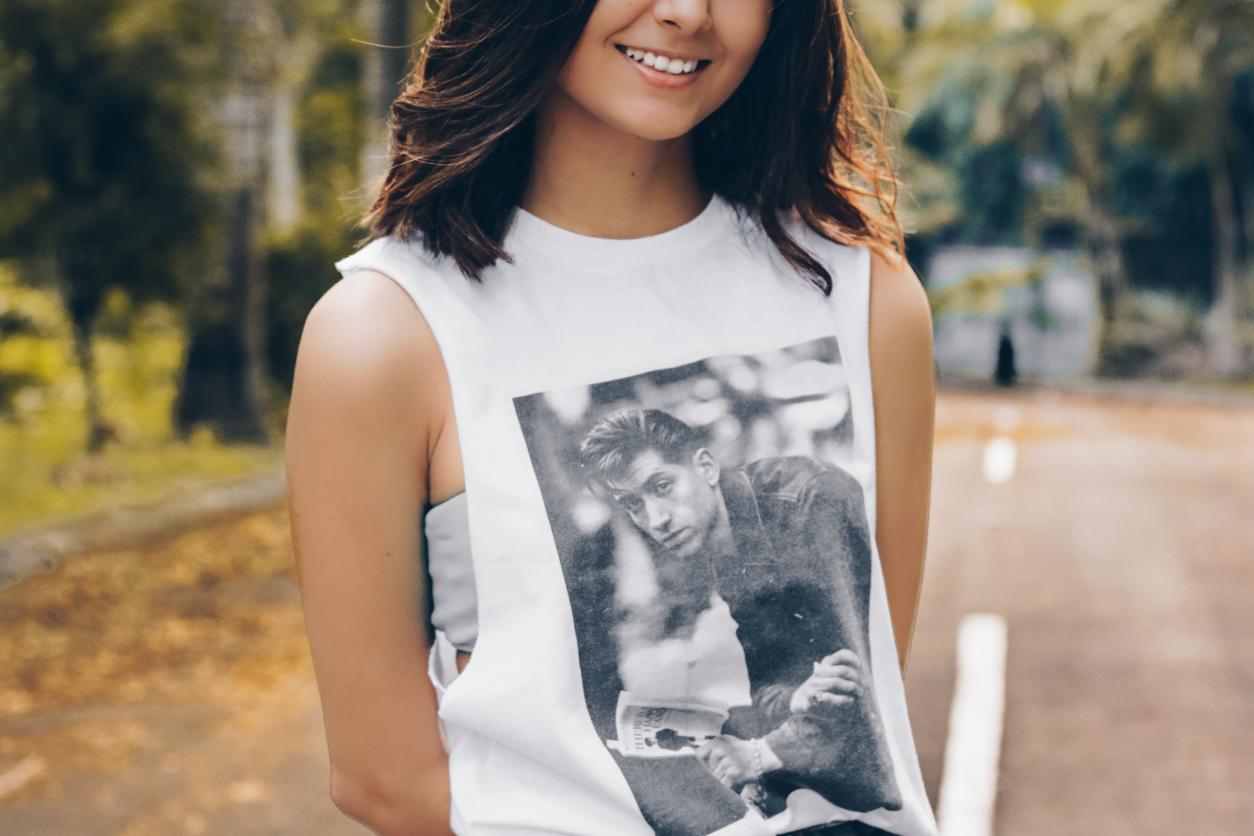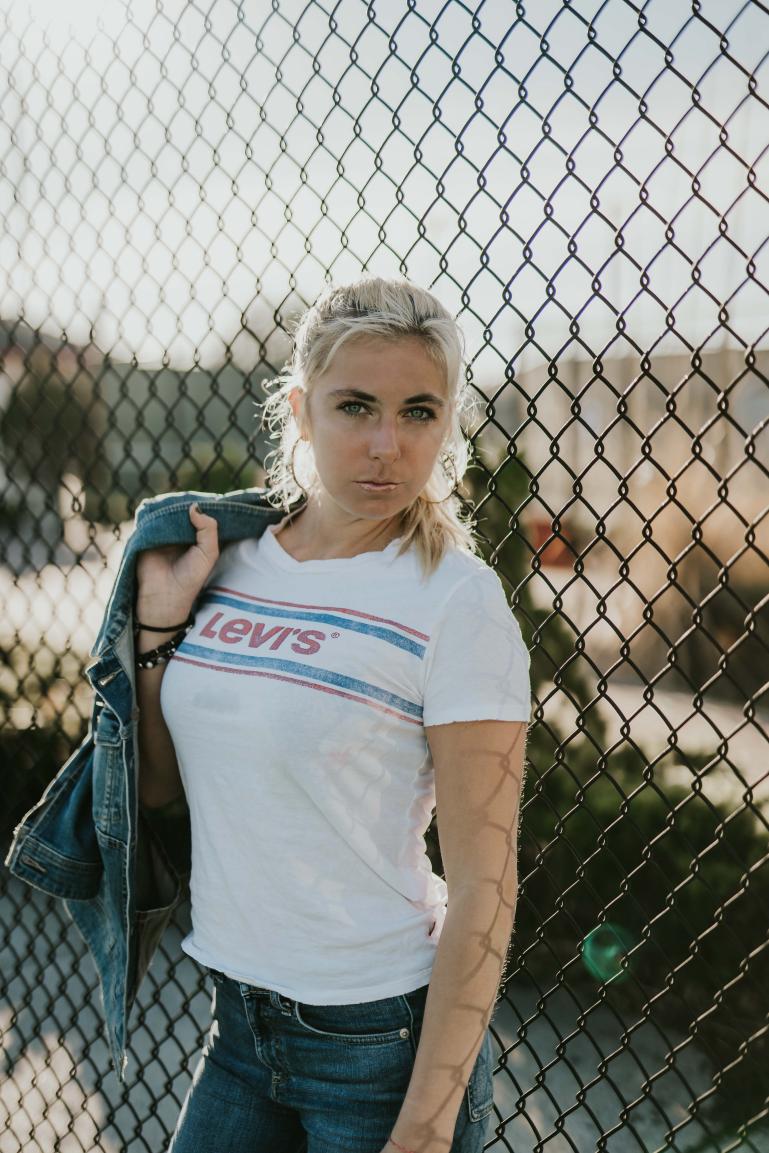A Comparison of Popular Textile Transfer Printers for T-Shirt Printing: Direct-to-Film vs Dye Sublimation
The customization of T-shirts is increasingly appealing to young people. When printing personalized patterns on T-shirts, you may be confused by the various kinds of textile transfer printers in the market today. Among them, two typical types are particularly popular: direct-to-film (DTF) printers and dye sublimation printers.

In this article, we’ll offer a comprehensive comparison of these two types of printers to help you make a wise decision.
Direct to film printers
Direct-to-film printers use the DTF technique to fulfill printing. DTF is a relatively new and advanced transfer printing method that has gained popularity recently. The process involves printing the design on a special heat-sensitive film, which is then transferred to the T-shirt using a heat press.
DTF printing offers vibrant colors, fine details, and a soft texture that feels like a part of the fabric. This type of printer applies for printing on light and dark-colored T-shirts, and it can handle complex designs and print on a wide range of fabrics, including cotton, polyester, and blends.
The notable advantage of DTF printers is that they can deliver durable and long-lasting prints. This is because of the ink used in DTF printing, which is water-resistant, and scratch-resistant, thus enabling prints to withstand multiple washes.
Levi’s is a well-known denim brand that also offers a variety of t-shirts for printing. They use DTF printers and prefer to use 100% cotton t-shirts that are soft and durable.

However, the process of DTF printing is more complex and time-consuming compared to other transfer printing methods including dye sublimation. Furthermore, the print feels slightly plastic, similar to what you would feel with a screen print transfer.
Dye sublimation printers
Using dye sublimation printers is another popular method for printing designs onto T-shirts. The process involves printing the design on a special transfer paper using sublimation inks, which are then transferred to the T-shirt using heat and pressure.

Dye sublimation printers deliver a wide range of colors, a smooth and soft finish, and excellent color accuracy. This type of printer is fitted for printing on light-colored polyester fabrics, and it can handle large designs and photographs with ease.
Moreover, dye sublimation printers produce prints that are vibrant and long-lasting. The ink used in dye sublimation printing penetrates the fibers of the fabric, which means that the prints will not crack or fade even after multiple washes.
The HPRT DA182T Plus features high productivity and high-quality performance for its superior print heads and multiple smart systems. Click here to get more details about it.
A significant drawback of dye sublimation is that you’re more limited to polyester blend types of fabrics you can customize compared with DTF. No 100% cotton! Sublimation works best with polyester fabrics.
Which type is right for you?
So, which type is better for your T-shirt printing needs? Ultimately, the answer will depend on some factors, including the volume of T-shirts you need to produce, the colors involved, the complexity of your designs, and the types of fabrics you plan to print on.
If you’re looking to produce small batches of T-shirts with full-color designs, direct-to-film printers may be the best choice for you. On the other hand, if you need to produce large batches of T-shirts quickly and cost-effectively, dye sublimation printers may be the way to go.
Regarding long-lasting and vibrant attributes, generally, dye sublimation does a better job than DTF due to its unique printing process.
Ultimately, the decision will depend on your specific needs and budget. It’s worth noting that both DTF and dye sublimation printing can produce high-quality prints, so you really can’t go wrong with either option.
Disney is a good example. They use both DTF and dye sublimation printers, and their t-shirts are typically made from a comfortable, lightweight cotton blend.
Conclusion
Overall, when it comes to textile transfer printers for T-shirt printing, direct-to-film and dye sublimation are two of the most popular methods on the market today. Each method has its strengths and weaknesses, and the right choice for you will depend on a variety of factors. We hope you will make an informed decision about which method is best for your T-shirt printing needs.








